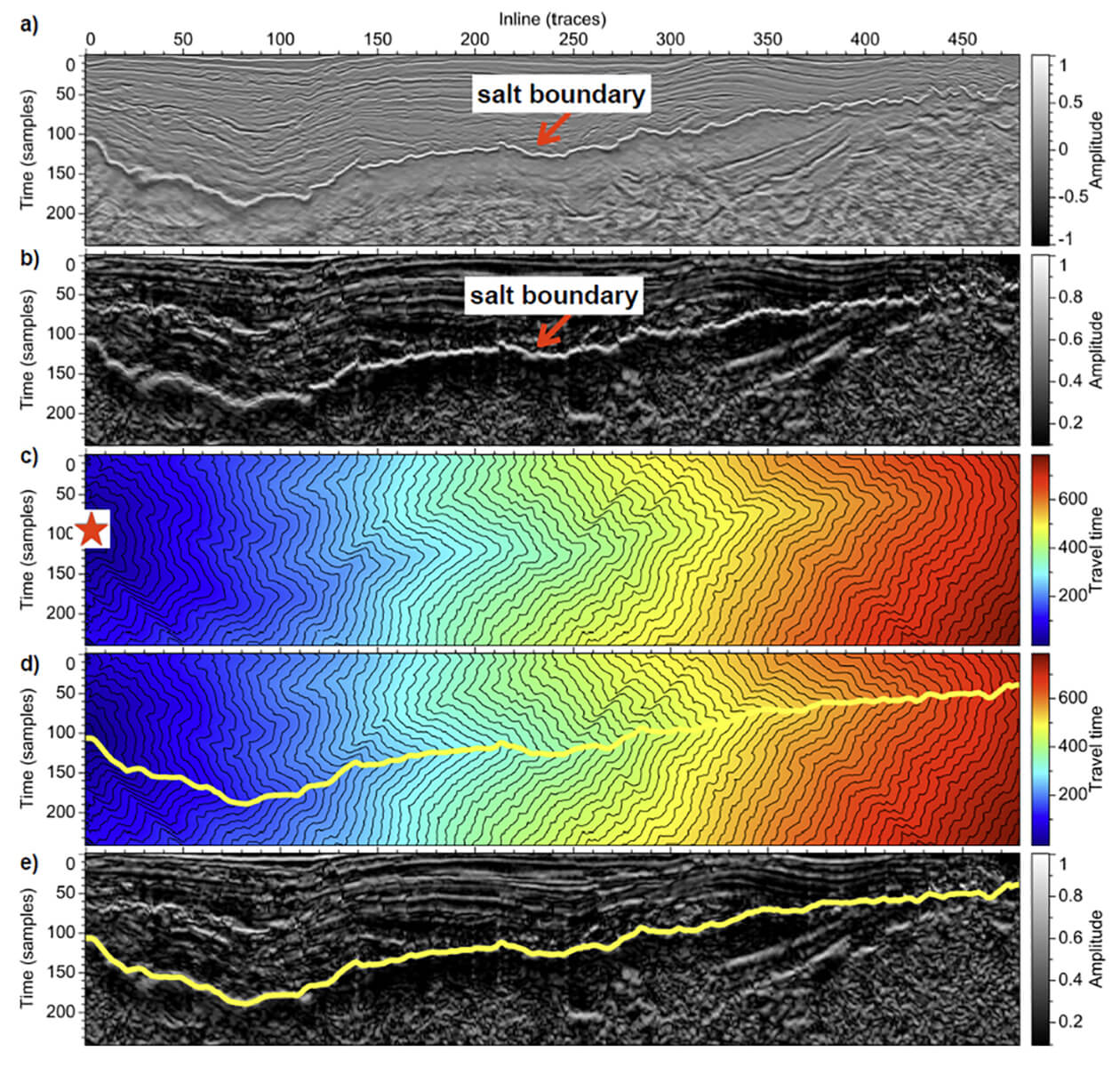Recent developments in artificial intelligence and machine learning can automate different tasks in data analysis. I will discuss the quest for automation by tracking the development of automatic picking algorithms, from velocity picking in seismic processing to horizon picking in seismic interpretation. We will search for the limits of automation to discover the distinguishing qualities that separate human geophysicists from machines.
The automatic picking algorithm follows the analogy between picking trajectories in images with variable intensities and tracking seismic rays in the subsurface with variable velocities. Picking trajectories from local similarity panels generated from time shifts provides an effective means for measuring local shifts between images, with practical applications in time-lapse and multicomponent image registration, matching seismic with well logs, and data compression using the seislet transform. In seismic interpretation, automatic picking finds additional application for tracking fault surfaces, salt boundaries, and other geologic features.
The power of automatic picking is further enhanced by novel deep learning algorithms. The deep learning approach can use a convolutional neural network trained on synthetically generated images to detect geologic features in real images with an unmatched level of performance in both efficiency and accuracy. The lessons to learn from these developments include not only the potential for automation, harvested through artificial neural networks and modern computing resources, but also the potential for human ingenuity, harvested through professional networks.












Join the Conversation
Interested in starting, or contributing to a conversation about an article or issue of the RECORDER? Join our CSEG LinkedIn Group.
Share This Article